Clothing donations: the following organisations below collect old clothes
Everyone has clothes in their closet that they no longer like, need, or fit. Nevertheless, lots of clothes are either hardly worn and they just sit in the wardrobe or when they have been sorted out, they are then thrown away. In both cases the clothing can still be used. Clothes that are no longer worn should be sorted out regularly this creates space in the wardrobe and gives new life to old clothes.
There are many organisations or charities who will gladly accept your clothing donations. Old clothing which is still in a good condition can be donated. Depending on the charity, worn items of clothing can still be donated as they will be recycled. After they have been recycled the next step would be to process and produce other products. Below you will find an overview of some of the more popular places you can donate clothes to in Europe. There you will find out how you can donate and where you can drop off your clothes and how they will be used.

Contents
Red Cross
The Red Cross is one of the oldest European charities. It was founded in Switzerland over 150 years ago and now operates in all European countries. They are part of a global voluntary movement in the EU and around the world. Their aim is to help people affected by conflicts, natural disasters, and people in emergencies, who are seeking help and support. 90% of all raised funding is spent on delivering care to those in need.
Donating clothes to Red Cross is easy and can have some extra benefits. Depending on your country, you may be able to donate by post. You can order a donation bag, fill it up, and drop it off at a collection point all free of charge. Some countries offer a reward programme that allows you to collect points towards vouchers to spend in shops. Please contact your local store to find out if this is available in your area. Another benefit of donating to the Red Cross is that in some countries they are able to claim a tax credit against the value of the items donated. Check if this service is available in your area and if so, fill out the form when sending in your clothes.
You may think that your clothes are no longer good because you no longer wear them, but many clothing charities will be able to recycle clothes and give your them a new life. Red Cross, however, does not have the facility to recycle unsellable clothes. They ask that all donated clothes are in a good, reusable, and clean condition. Donations containing high quality items or items in a good condition can raise more money when they are resold.
For more information visit:
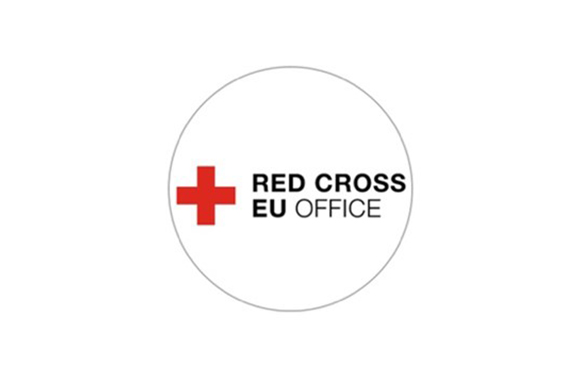
Website: www.redcross.eu
It is best to drop off your clothing donation in store or to send them in a parcel by post. Then you can have peace of mind that it will be delivered to where it’s needed.
It is best to drop off your clothing donation in store or to send them in a parcel by post. Then you can have peace of mind that it will be delivered to where it’s needed.
Oxfam International
Oxfam International is an organisation dedicated to development cooperation. It has several independent organisations that actively work and support people living in poverty throughout the world. They also actively work to help people who have been affected by famine. This movement is not only active in the EU, but it is also a global movement with the aim to end poverty and inequality. Not only is Oxfam one of the widest spread and well-known charities, but it is also one of the oldest having been established in the early ‘40s in the UK. This democratic movement has been committed to fighting world hunger. Oxfam operates in every EU country with a wide network of second-hand shops and clothes banks.
There are four ways to donate clothing to Oxfam. You can drop off any items in one of their shops or at a partner store that accepts donations. Please check the opening hours as shops will usually only accept donations during opening hours. The second option is a home collection service. This is not available in all regions or countries, so please check with your local shop for availability and pick up times. The third option is to send your clothing donations by post. Again, this service is not available in all regions so please check with your local shop. Finally, the fourth option is to attend an event hosted by Oxfam or one of their partners that has a collection facility. To keep yourself up to date with events contact your local store to receive updates.
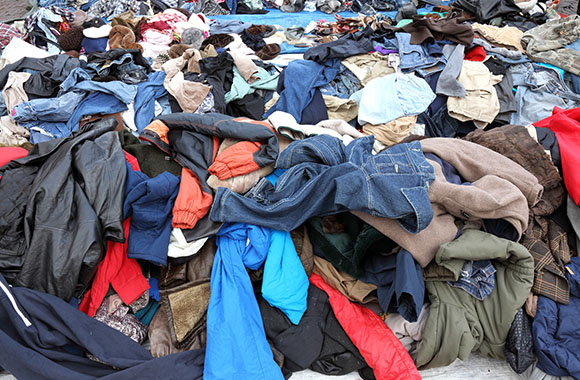
Some final tips: items that cannot be sold second-hand will be recycled. The items of clothing can be used as mattress padding or for car interiors. For this please use the Oxfam garment bags or bags of equal size. Make sure the bags and clothes are in a good and clean condition and that they are not torn or damaged.
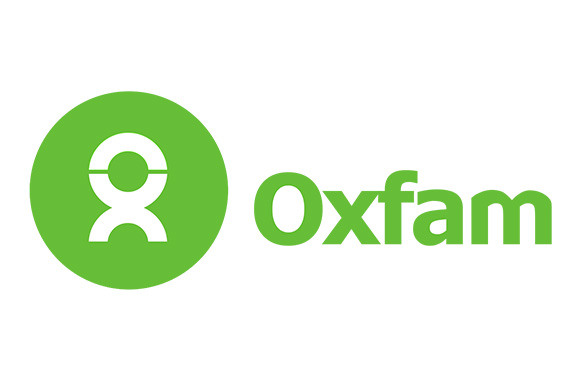
Website: www.oxfam.org/en
Salvation Army
The Salvation Army started over 150 years ago as a small charity helping local poor people. It now operates in 131 countries worldwide offering funding for community services such as disaster relief, youth, and family aid along with other domestic and work issues.
The Salvation Army is well known for its thrift stores. You can donate your unwanted clothes by popping into one of their stores. They will resell all items that are in a good condition. The Salvation Army is able to accept old worn items of clothing and other textile donations, which then will be recycled.
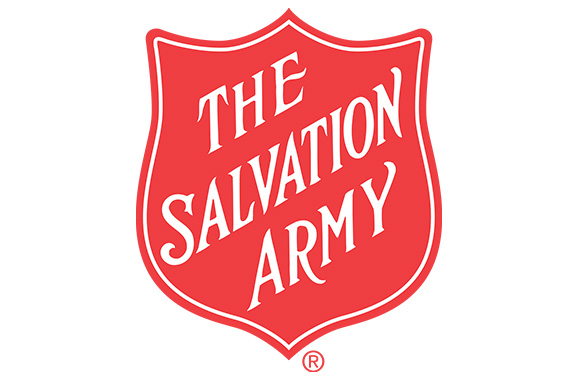
Website: www.salvationarmy.org

Local charities/organisations
Each country in the European Union has a growing network of recycling clothes and reselling of items of clothing. The network is made up of a variety of charities, companies, organisations and government funded initiatives. While the international organisations mentioned above operate throughout Europe, there may be more convenient ways to donate in your local area. Some examples of the benefits of locally run networks are the clothes banks, which are that are being put into rural areas. Another one of the benefits of a locally run network is being able to donate by post. This donation service allows boxes over 30kg to be posted free of charge. As mentioned above, these services will vary from country to country. You will need to get in touch with your local council or organisation to check what services they offer.
To find out more about how clothing recycling is growing in Europe, visit the European Clothing Action Plan’s (ECAP) website.
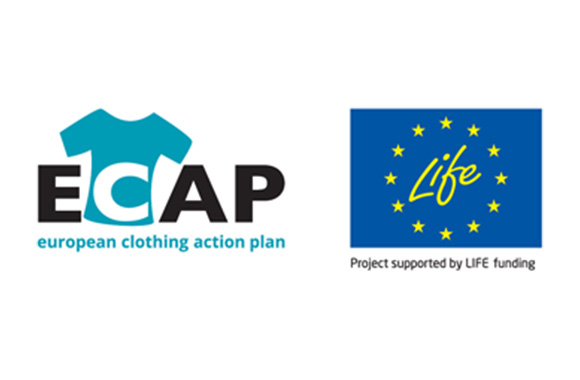
Website: www.ecap.eu.com
The ECAP programme aims to stop over 90,000 tonnes of clothing waste from ending up on a landfill site. This will help to reduce the number of clothes being consumed in Europe, thereby saving 1.6 million tonnes of CO2 and 588 million m3 of water.
The ECAP programme aims to stop over 90,000 tonnes of clothing waste from ending up on a landfill site. This will help to reduce the number of clothes being consumed in Europe, thereby saving 1.6 million tonnes of CO2 and 588 million m3 of water.
Conclusion
Most people have hardly worn or unused clothes taking up unnecessary space in their wardrobe. If each person sorted through their wardrobe and donated these items, there would be millions of items of clothing that could benefit people in need and humanitarian aid projects.
Therefore, it makes sense to give your clothes a second life and pass them on to a clothing donation organisation. This protects the environment, helps others in need and supports the vision of a sustainable circular economy.
Image sources:
iStock.com/Radila Radilova
iStock.com/Deagreez
iStock.com/Makidotvn
iStock.com/vuk8691








